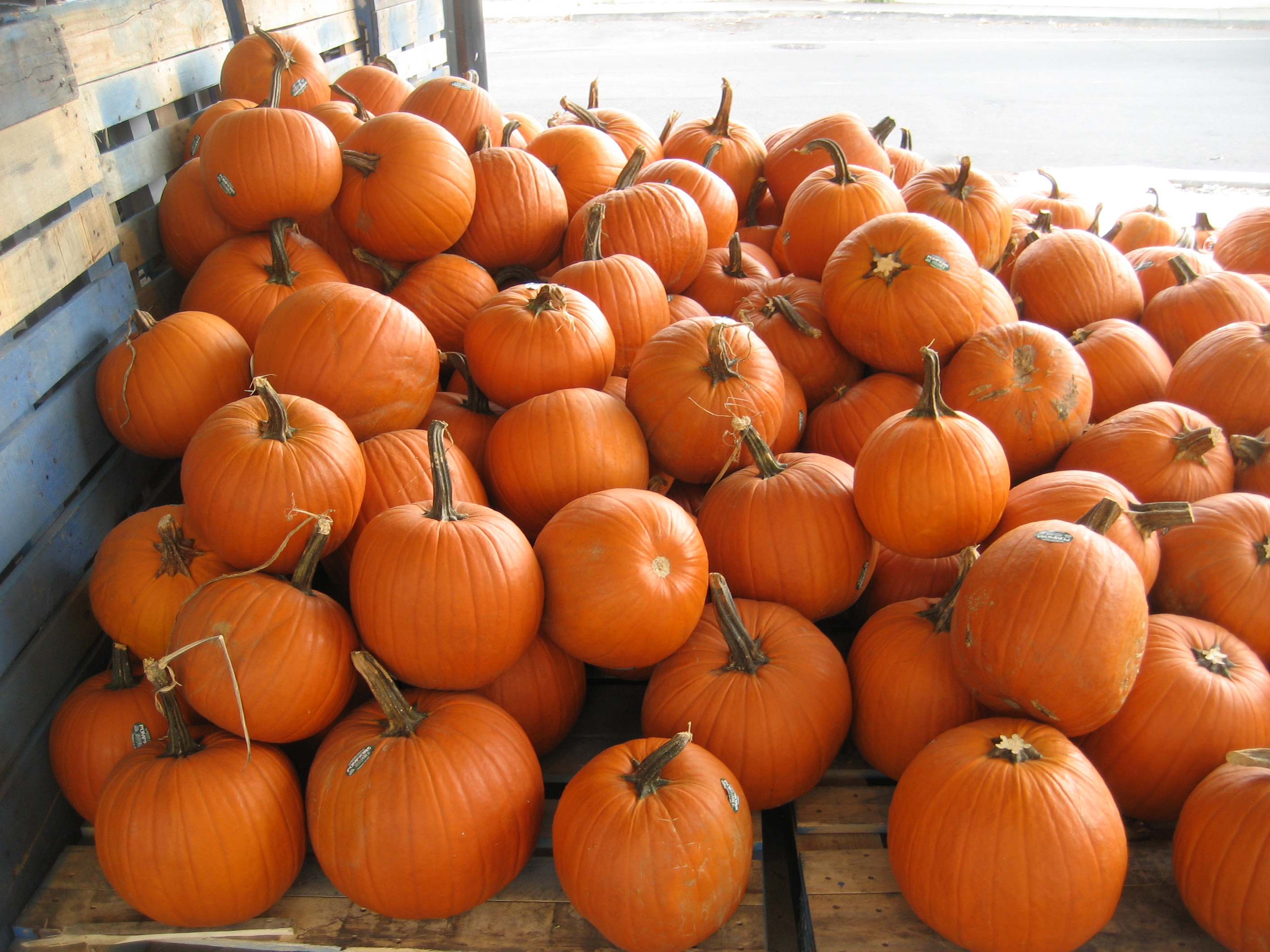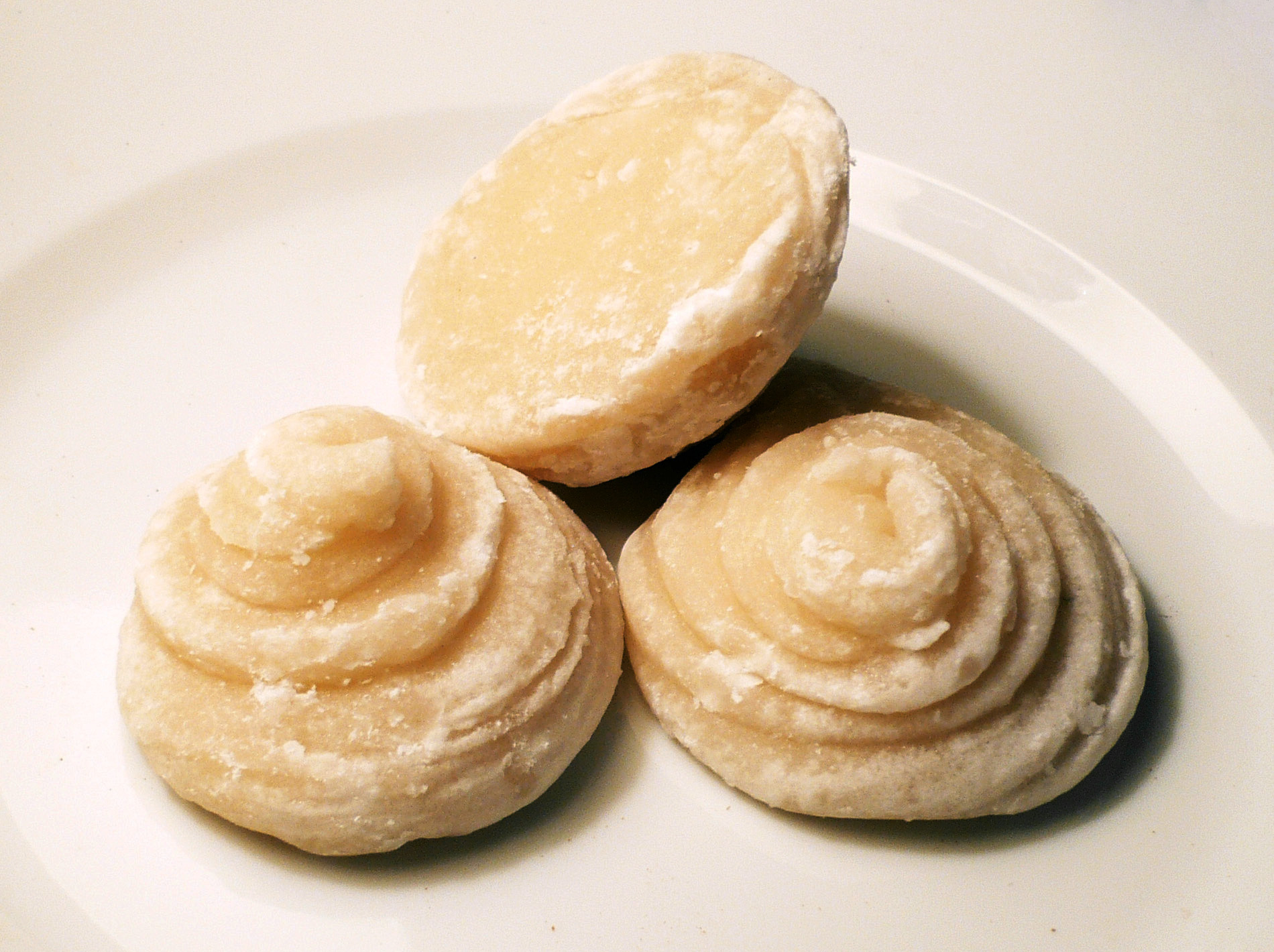|
Samlor Proher
''Samlor prahal'' (, ) is a popular Cambodian soup and a staple food of Cambodian villages. Preparation The base of the soup is made with chicken or fish stock and lemongrass or green ''kroeung''. It consists of cut vegetables (such as taro, winter melon, pumpkin, and luffa), mushrooms, and freshwater fish (such as bream, pike or brown trout), coconut blossom flavoured with palm sugar, fish sauce, and rice powder, and garnished with fresh herbs (such as climbing wattle, wild asparagus, coriander or hot mint). The soup is made with ''kroeung'' in the mountain and coastal regions, while in the regions near rivers a clear version of the soup with less lemongrass is more common. A vegetarian version of the soup is referred to as "mhob bouh" or "as the monks eat", although monks A monk (; from , ''monachos'', "single, solitary" via Latin ) is a man who is a member of a religious order and lives in a monastery. A monk usually lives his life in prayer and contemplation. Th ... [...More Info...] [...Related Items...] OR: [Wikipedia] [Google] [Baidu] |
Num Banhchok
''Num banhchok'' (, ) are lightly fermented Cambodian rice noodles and a breakfast noodle dish. banhchok "បញ្ចុក" translates to "to feed" in Khmer language. Preparation ''Num banhchok'' is made by soaking rice for 2–4 hours and grinding it into a liquidy paste. The paste is pressed into round shapes and dried inside calico bags. Then it is pulverized and turned into a viscous paste, which is extruded into boiling water. The noodles are boiled for 3–4 minutes and transferred to cold water. Variations There are many variations of ''num banhchok'' across the country. *''Num banhchok samlor proher'' () with a base made out of yellow or yellow-green ''kroeung'', pounded from either lemongrass stalks (for yellow ''kroeung'') or leaves (for green ''kroeung''), kaffir lime leaves and zest, garlic, turmeric, and fingerroot, freshwater fish (usually snakehead), ''prahok'' and coconut milk or coconut cream. *''Num banhchok Siem Reap'' () shares the same ingredients ... [...More Info...] [...Related Items...] OR: [Wikipedia] [Google] [Baidu] |
Pumpkin
A pumpkin is a cultivar, cultivated winter squash in the genus ''Cucurbita''. The term is most commonly applied to round, orange-colored squash varieties, but does not possess a scientific definition. It may be used in reference to many different squashes of varied appearance and belonging to multiple species in the ''Cucurbita'' genus. The use of the word "pumpkin" is thought to have originated in New England in North America, derived from a word for melon, or a native word for round. The term is sometimes used interchangeably with "Cucurbita, squash" or "winter squash", and is commonly used for some cultivars of ''Cucurbita argyrosperma'', ''Cucurbita ficifolia'', ''Cucurbita maxima'', ''Cucurbita moschata'', and ''Cucurbita pepo''. ''C. pepo'' pumpkins are among the oldest known domesticated plants, with evidence of their cultivation dating to between 7000 BCE and 5500 BCE. Wild species of ''Cucurbita'' and the earliest domesticated species are native to North America (p ... [...More Info...] [...Related Items...] OR: [Wikipedia] [Google] [Baidu] |
Bhikkhu
A ''bhikkhu'' (, ) is an ordained male in Buddhist monasticism. Male, and female monastics (''bhikkhunī''), are members of the Sangha (Buddhist community). The lives of all Buddhist monastics are governed by a set of rules called the pratimokṣa, prātimokṣa or pāṭimokkha, pātimokkha. Their lifestyles are shaped to support their spiritual practice: to live a simple and meditative life and attain Nirvana (Buddhism), nirvana. A person under the age of 20 cannot be ordained as a bhikkhu or bhikkhuni but can be ordained as a samanera, śrāmaṇera or śrāmaṇērī. Definition ''Bhikkhu'' literally means "begging, beggar" or "one who lives by dāna, alms". The historical Buddha, Gautama Buddha, Prince Siddhartha, having abandoned a life of pleasure and status, lived as an alms mendicant as part of his śramaṇa lifestyle. Those of his more serious students who renounced their lives as householders and came to study full-time under his supervision also adopted this lifest ... [...More Info...] [...Related Items...] OR: [Wikipedia] [Google] [Baidu] |
Rice Powder
Rice flour (also rice powder) is a form of flour made from finely milled rice. It is distinct from rice starch, which is usually produced by steeping rice in lye. Rice flour is a common substitute for wheat flour. It is also used as a thickening agent in recipes that are refrigerated or frozen since it inhibits liquid separation. Rice flour may be made from either white rice, brown rice or glutinous rice. To make the flour, the husk of rice or paddy is removed and raw rice is obtained, which is then ground to flour. Types and names By rice Rice flour can be made from indica, japonica, and wild rice varieties. Usually, rice flour ( zh, c=米粉, p=mǐfěn, , , , , , , , , ) refers to flour made from non-glutinous white rice. When made with glutinous rice (or sweet rice), it is called glutinous rice flour or sweet rice flour ( zh, c=糯米粉, p=nuòmǐ fěn, Japanese: ; romanized: ''shiratamako'', ). In Japan, the glutinous rice flour produced from ground cooked gluti ... [...More Info...] [...Related Items...] OR: [Wikipedia] [Google] [Baidu] |
Fish Sauce
Fish sauce is a liquid condiment made from fish or krill that have been coated in salt and fermented for up to two years. It is used as a staple seasoning in East Asian cuisine and Southeast Asian cuisine, particularly Myanmar, Cambodia, Laos, Philippines, Thailand, and Vietnam. Some garum-related fish sauces have been used in the West since the Roman times. Due to its ability to add a savory umami flavor to dishes, it has been embraced globally by chefs and home cooks. The umami flavor in fish sauce is due to its glutamate content. Fish sauce is used as a seasoning during or after cooking, and as a base in dipping sauces. Soy sauce is regarded by some in the West as a vegetarian alternative to fish sauce though they are very different in flavor. History Asia Sauces that included fermented fish parts with other ingredients such as meat and soy bean were recorded in China, 2300 years ago. During the Zhou dynasty of ancient China, fish fermented with soybeans and ... [...More Info...] [...Related Items...] OR: [Wikipedia] [Google] [Baidu] |
Palm Sugar
Palm sugar is a sweetener derived from any variety of palm tree. Palm sugar may be qualified by the type of palm, as in coconut palm sugar. While sugars from different palms may have slightly different compositions, all are processed similarly and can be used interchangeably. Types The predominant sources of palm sugar are the Palmyra, date, nipa, aren, and coconut palms. The Palmyra palm (''Borassus'' spp.) is grown in Africa, Asia, and New Guinea. The tree has many uses, such as thatching, hatmaking, timber, a writing material, and in food products. Palm sugar is produced from sap (toddy) from the flowers. There are two species of date palm that produce palm sugar: ''Phoenix dactylifera'' and '' P. sylvestris''. ''P. dactylifera'' is common in the Mediterranean and Middle East, while ''P. sylvestris'' is native to Asia, mainly Pakistan and India. Date palms are cultivated mainly for dates and palm sugar is made from the tree's sap. The nipa palm ('' Nypa fru ... [...More Info...] [...Related Items...] OR: [Wikipedia] [Google] [Baidu] |
Olive (magazine)
Olive is a print magazine launched in 2003 and is a premium, monthly British food magazine featuring triple-tested recipes, restaurant recommendations, and food-focused travel. References External links * Olive magazine launches alternative restaurant awards Monthly magazines published in the United Kingdom BBC publications Food and drink magazines published in the United Kingdom Magazines established in 2003 {{food-magazine-stub ... [...More Info...] [...Related Items...] OR: [Wikipedia] [Google] [Baidu] |
Staple Food
A staple food, food staple, or simply staple, is a food that is eaten often and in such quantities that it constitutes a dominant portion of a standard diet for an individual or a population group, supplying a large fraction of energy needs and generally forming a significant proportion of the intake of other nutrients as well. For humans, a staple food of a specific society may be eaten as often as every day or every meal, and most people live on a diet based on just a small variety of food staples. Specific staples vary from place to place, but typically are inexpensive or readily available foods that supply one or more of the macronutrients and micronutrients needed for survival and health: carbohydrates, proteins, fats, minerals, and vitamins. Typical examples include grains (cereals and legumes), seeds, nuts and root vegetables (tubers and roots). Among them, cereals (rice, wheat, oat, maize, etc.), legumes ( lentils and beans) and tubers (e.g. potato, taro ... [...More Info...] [...Related Items...] OR: [Wikipedia] [Google] [Baidu] |




